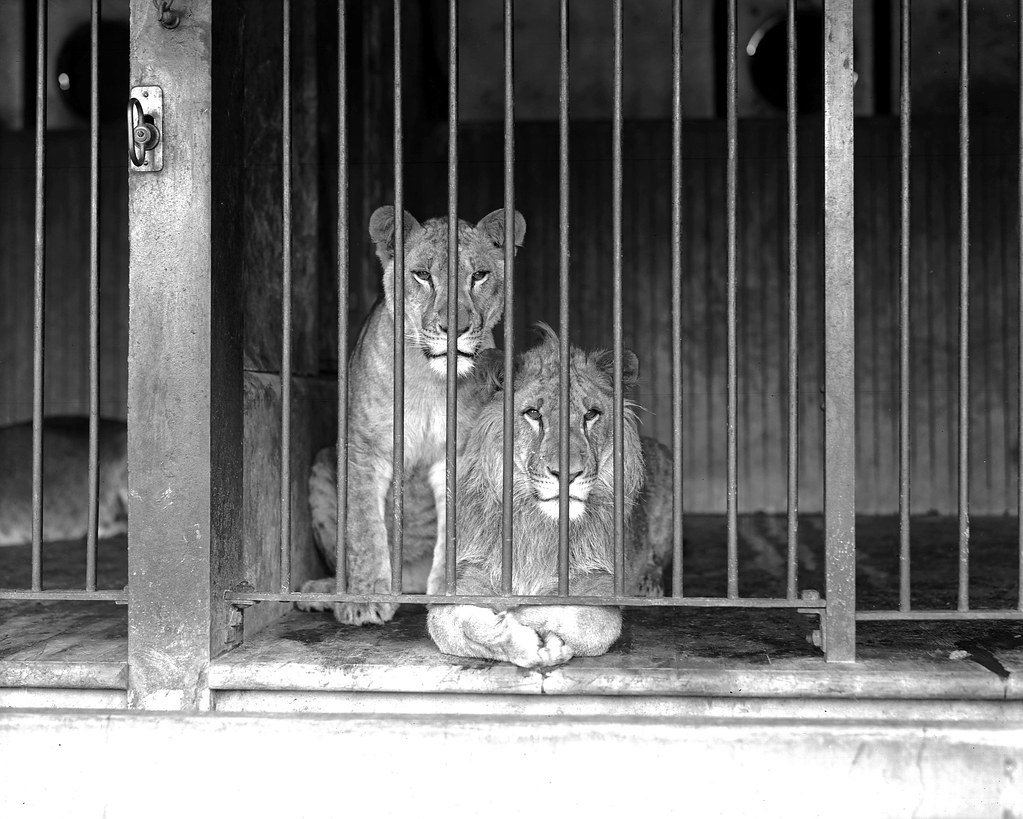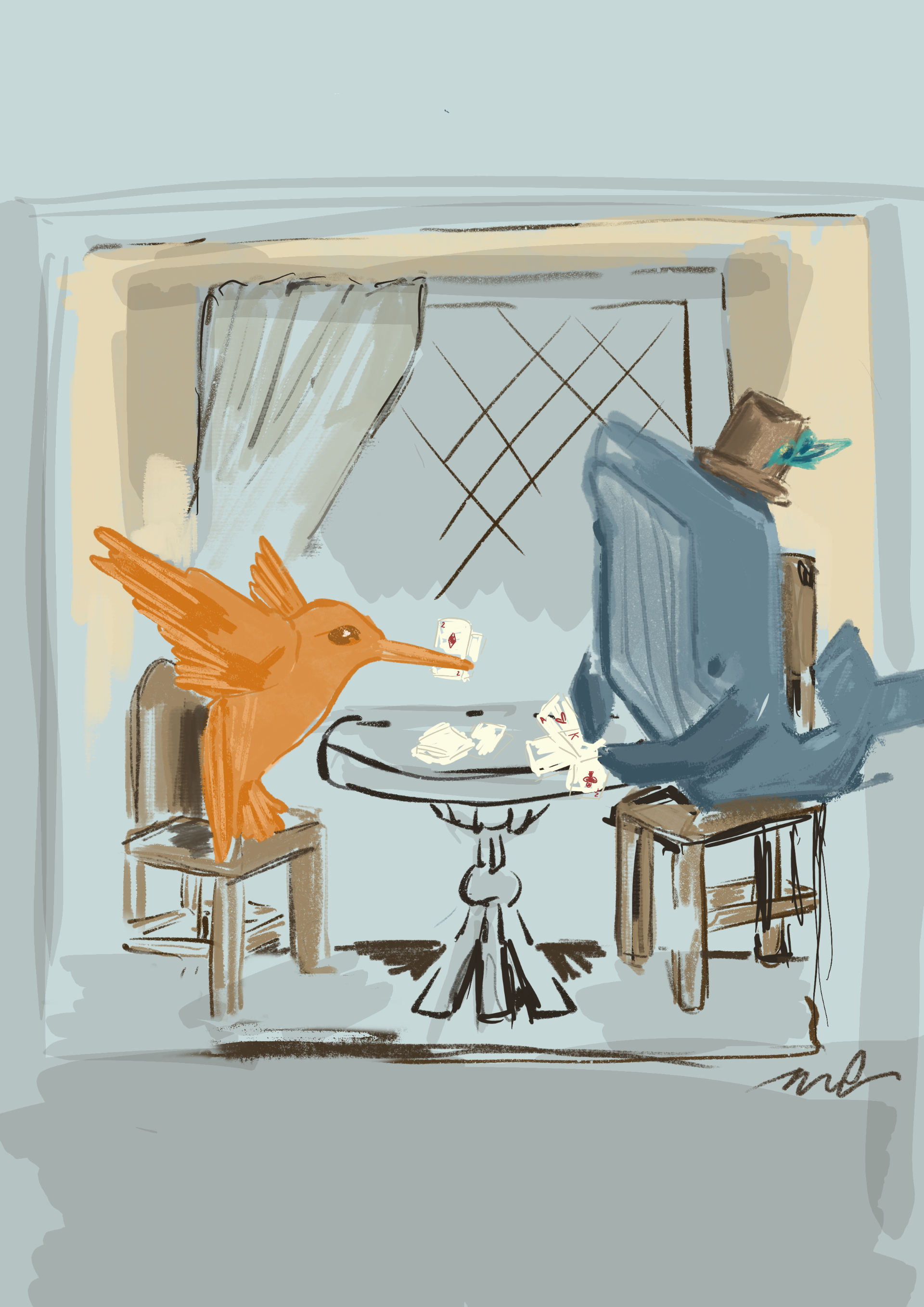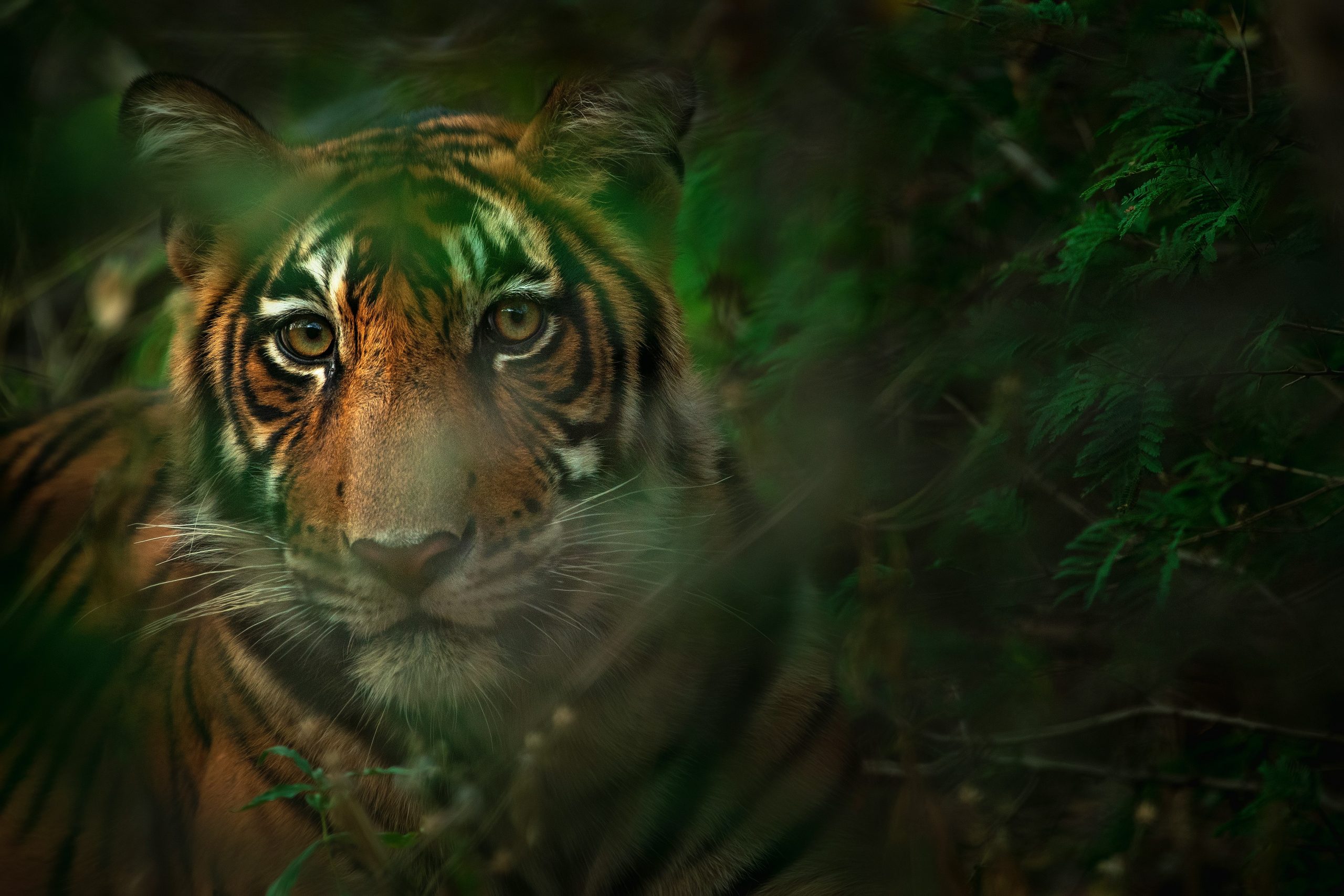Hannah King
When you picture a zoo, what do you see? A lone bear in a concrete cage, its fur matted from neglect, pacing listlessly in front of an audience of impatient tourists? Or do you imagine a butterfly house, with a flurrying kaleidoscope of insects and children gazing upwards, eyes alight with wonder? Or do you see a group of dedicated volunteers, kitted with cargo pants and polo shirts, trying to coax a pair of critically endangered, yet reluctant toads to mate?
The role of zoos, both in the tourism industry and in the conservation community, is unclear at first glance. On the one hand, funding from zoos comes from visitors and donors, so to attract the public, zoos must put on a good show. On the other hand, with the likely oncoming of the sixth mass extinction, there is a growing cry to protect the animal kingdom.
Pressures from conservation-concerned individuals and the paying public put zoos in a dilemma – how can they provide a good day out without compromising their star performers’ wellbeing?
Historically, zoos were for public spectacle. London Zoo, which opened to members in 1828 as the first scientific zoo, opened its doors to the public 19 years later as it was not receiving sufficient funding. The zoo boasted a diverse menagerie, including orangutans and the since-extinct quagga. Victorian visitors, who were accustomed to the English landscape’s dull badgers and foxes, would have been exhilarated. The 21st Century David Attenborough documentaries truly spoil us.
However, when the environmental movement was born in the late 20th Century, London Zoo began to change its focus. In the same year that the IUCN Red List was first published, London Zoo collaborated with Phoenix Zoo on a cooperative breeding programme to boost Arabian oryx numbers. London Zoo soon became the model on how to run a zoo that can cater to its visitors and its inhabitants.
SeaWorld allegedly uses drive hunt techniques to capture dolphins for their parks
Some zoos did not follow suit. The infamous SeaWorld is riddled with controversy following the documentary Blackfish, an exposé on SeaWorld’s poor treatment of their orcas. A further documentary, The Cove, revealed that SeaWorld allegedly uses drive hunt techniques to capture dolphins for their parks. It is clear from their website that sea creatures’ wellbeing and conservation are not SeaWorld’s priority. They are happy to advertise their sea lion shows and penguin petting experiences, but their conservation “mission” is tucked neatly into a dusty corner of the website.
Places such as SeaWorld have tainted zoos and aquariums with corporate guilt. For many, a trip to the zoo is an act of cognitive dissonance. We know that these companies may not provide the best care for their animals and may not contribute to the conservation of their inhabitant’s relatives. Yet, we continue to give them our money.
When life begins to return to normal, zoos should be one of the first places we visit
However, we should not stop visiting zoos. It was devastating to hear how Chester Zoo and Bristol Zoo suffered last year due to the Covid-19 pandemic. Zoos are essential to our education. With many of us likely to cut down on flights in the future to reduce our carbon-footprints, zoos may be the only way for us to encounter tigers and elephants and giraffes. Furthermore, many zoos contribute effectively to conservation, both directly through their captive-breeding programmes and indirectly by inspiring our future Jane Goodalls and Steve Irwins. When life begins to return to normal, zoos should be one of the first places we visit. They are outdoors, soul-lifting, and in need of footfall to remain open and serving the animal kingdom.
But I implore you to research zoos before you visit them. Only pay for tickets to parks that commit to conservation, aim to educate rather than entertain and have high animal welfare standards. Do not tolerate any less. Boycott morally dubious zoos. Celebrate zoos which do it right.
If you don’t know what an exemplar zoo may look like, I suggest you check out Jersey Zoo. The zoo was first set up in 1959 by the avid naturalist Gerald Durrell and has since expanded to become part of the Durrell Wildlife Conservation Trust. This quote from the website provides the best look into the ethos of Jersey Zoo:
“Today, the overarching role of our animal collection in Jersey and overseas – our ‘ark’, as Gerald would have it – is conservation. We manage breeding programmes for release back to the wild, develop the skills and tools to conserve species in the wild, train others in animal husbandry and conservation practice, and communicate important messages to our visitors.
By 2020, we aim to have 90% of the species at Jersey Zoo contributing to conservation, training and research, or education.”
Stated simply, Jersey Zoo puts animals first. Perhaps the best example of this comes from their fruit bat enclosure. Most zoos shroud their fruit bats in the darkness. Tourists will only catch flashing silhouettes in dim fibreglass caves, thus perpetuating the view that bats are mysterious creatures of the night. However, Jersey Zoo has boldly created an 800m2 mesh enclosure, which floods the area with natural light for their endangered, daylight-flying fruit bat species. Not only does this break their long-held vampiric stereotype but it also allows many people to see bats clearly for the first time. Furthermore, the cage is larger and better suited to the bats’ natural environment, and therefore the bats are happier. This is the future of zoos.
What makes Jersey Zoo unique will hopefully be what ties zoos together in the future. I am eagerly waiting for all zoos to become a part of a global network of zookeepers, volunteers and conservation charities united in the struggle to keep animals on the map. Meanwhile, I will anticipate my next visit to the Jersey Zoo bat enclosure.
image credit “Two caged lions at the Los Angeles Zoo, ca.1920 (CHS-9745)” by Fæ is marked with CC PDM 1.0





